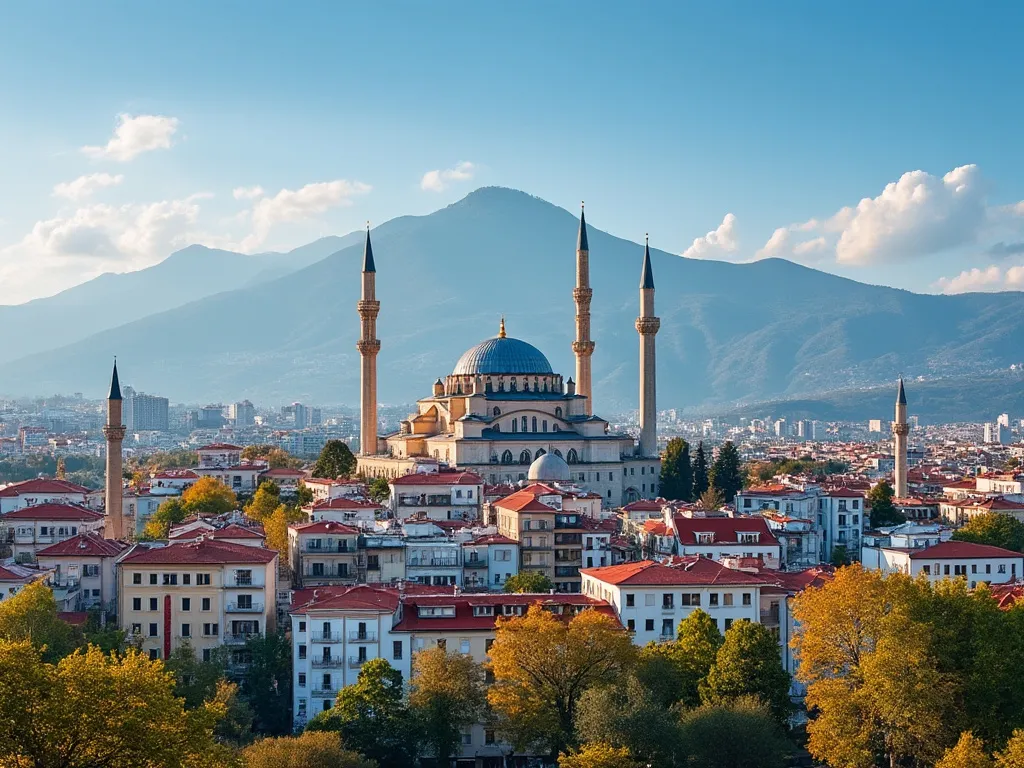
Tirana, the capital city of Albania, is a treasure trove of history, culture, and natural beauty. Located in the heart of the Balkan Peninsula, Tirana has a rich and complex past, with various empires and civilizations leaving their mark on the city. In this article, we will delve into the fascinating world of Tirana, exploring its history, geography, culture, economy, and tourist attractions.
Tirana information
| Country | 🇦🇱 Albania |
| City Population | 418,495 (2020 estimate) |
| City Coordinates | 41.3275° N, 19.8189° E |
| City Area | 1,110 km² (428 sq mi) |
| Climate | Mediterranean climate, with hot summers and mild winters |
| Language | Albanian (official), Italian, English |
| Currency | Albanian lek (ALL) |
| Time zone | Central European Time (CET), UTC+1 |
| Proximity to other major cities | Durrës (30 km/19 mi), Vlorë (135 km/84 mi), Pristina (200 km/124 mi) |
Interesting facts about Tirana
- Tirana is home to the largest mosque in the Balkans, the Et'hem Bey Mosque.
- The city has a unique blend of Ottoman, Italian, and Soviet architectural styles.
- Tirana is known for its vibrant street art scene, with many murals and graffiti adorning the city's buildings.
- The city hosts many festivals throughout the year, including the Tirana International Film Festival and the Tirana Jazz Festival.
Tourist attractions in Tirana
- Et'hem Bey Mosque: a stunning example of Ottoman architecture and one of the largest mosques in the Balkans.
- Skanderbeg Square: the heart of Tirana's historic center, featuring many important landmarks, including the National Museum of Albania.
- Tirana Castle: a medieval fortress that dates back to the 4th century BC.
- Mount Dajti: a popular hiking destination with stunning views of the city and surrounding mountains.
Historical background of Tirana
Tirana has a long and storied history, with evidence of human habitation dating back to the Paleolithic era. The city was an important center of trade and commerce during the Roman Empire, and later became a key location for the Ottoman Empire. In the 20th century, Tirana experienced significant growth and development, becoming the capital of Albania in 1920.
Geographical location of Tirana
Tirana is situated in the central part of Albania, in the Tirana District. The city is nestled in the valley of the Ishëm River, surrounded by the Dajti Mountains to the east and the Krujë Mountains to the north. Tirana's strategic location has made it an important hub for trade and commerce throughout history.
Cultural significance of Tirana
Tirana is a city with a rich cultural heritage, reflecting the diverse influences of its history. The city is home to numerous museums, galleries, and cultural institutions, including the National Museum of Albania and the Tirana Opera House. Tirana is also known for its vibrant nightlife, with many bars, clubs, and restaurants to choose from.
Economic importance of Tirana
Tirana is the economic hub of Albania, with a diverse range of industries, including manufacturing, finance, and tourism. The city is home to many major companies and institutions, including the Albanian Stock Exchange and the National Bank of Albania.
Conclusion on Tirana
Tirana is a city that seamlessly blends history, culture, and natural beauty, making it a must-visit destination for anyone interested in exploring the Balkans. From its stunning architecture to its vibrant cultural scene, Tirana has something to offer for every kind of traveler.
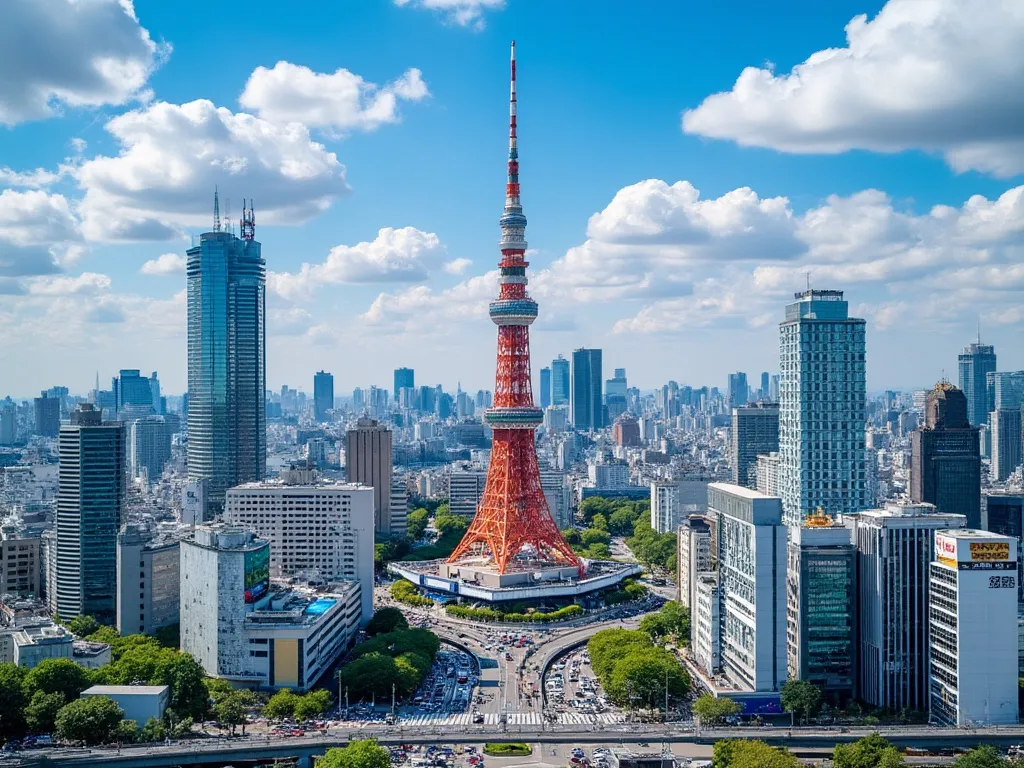 Tokyo
Tokyo
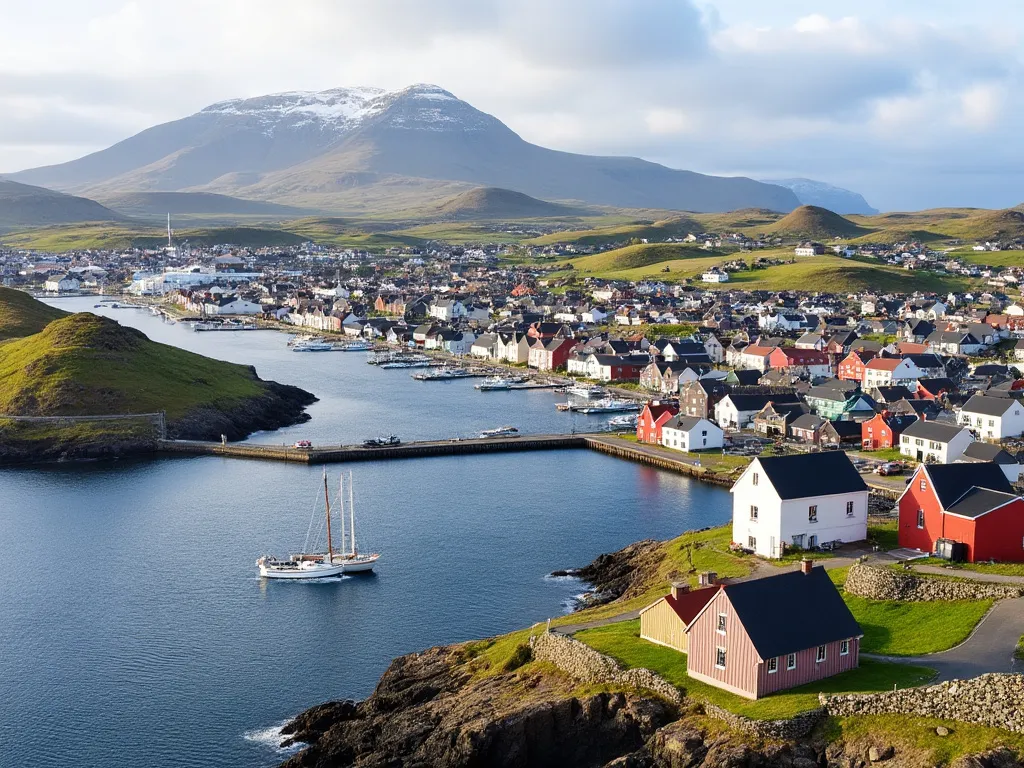 Tórshavn
Tórshavn
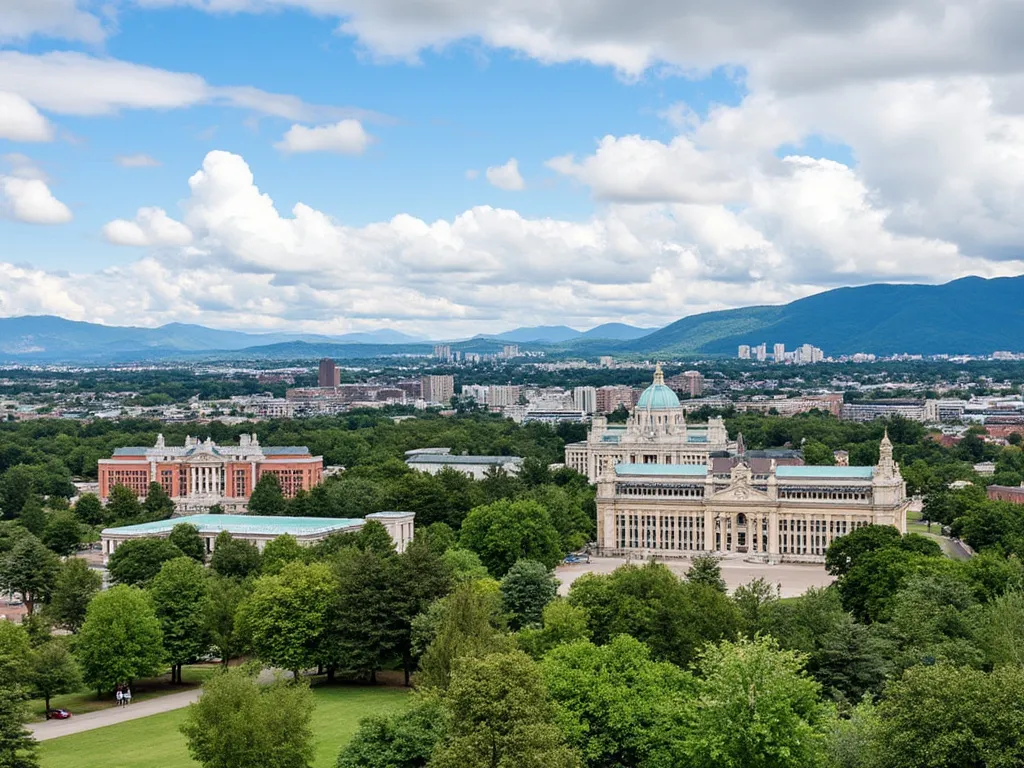 The Valley
The Valley
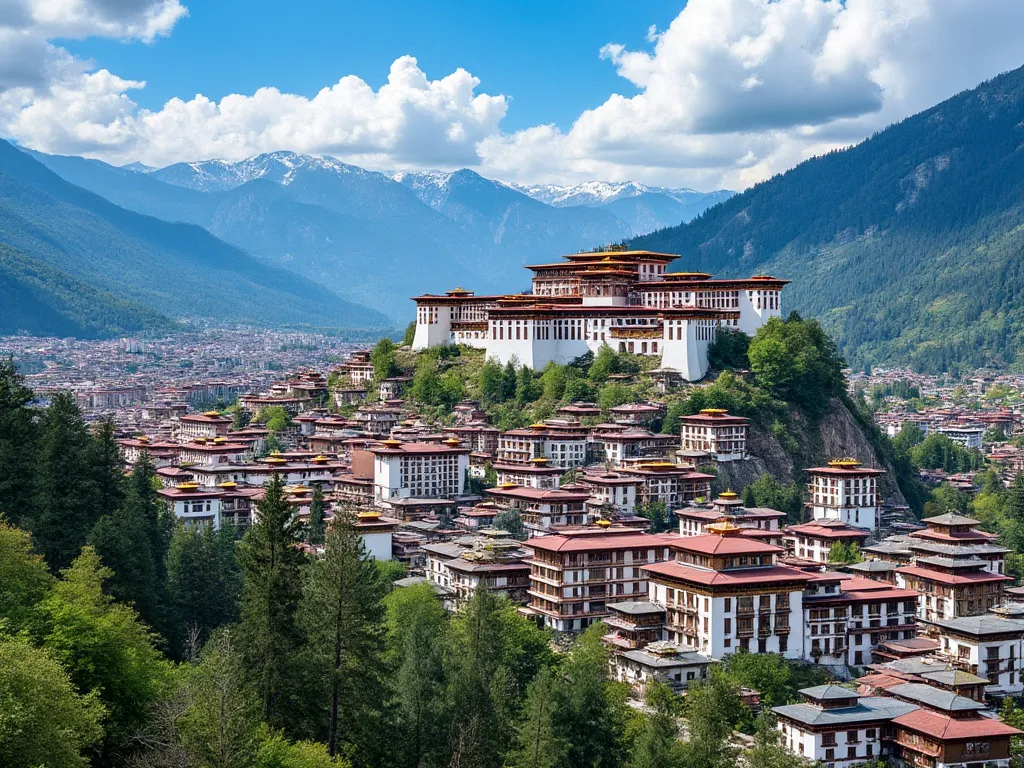 Thimphu
Thimphu